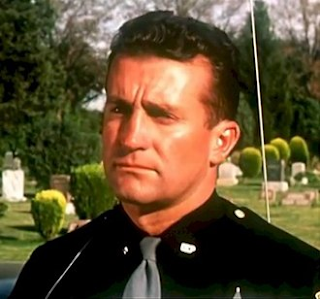(1932)
Directed by John Francis Dillon
Written by Edwin J. Burke, from a novel by Tiffany Thayer
Starring Clara Bow, Gilbert Roland, Thelma Todd, Monroe Owsley, Antony Jowitt
IMDB Entry
Call Her Savage is one example of the freedom allowed in pre-code Hollywood. There are several elements that soon became unacceptable once the Hayes Office took over, but even without them, it's a very strong story overall.
The movie starts out with a preamble in the 19th Century west, as well as a moral lesson that really doesn't have much to do with the rest. Eventually, we are introduced to Nasa Singer (Clara Bow), the granddaughter of the man in the early scenes. Nasa is a woman with a mind of her own, and plenty of courage -- when faced with a rattlesnake, she takes out a whip and drives it back. The scene is witnessed by Moonglow (Gilbert Roland), a half-native man who clearly is enamoured of her. Her father, though, tired of her temper and antics, sends her to a finishing school in Chicago.
Nasa, free of her father's disapproval, has a high time partying in the city. Lawrence Crosby (Monroe Owsley), to get back at his cheating girlfriend Sunny De Lane (Thelma Todd), asks Nasa to marry him out of spite. She accepts. She quickly finds out he didn't love her when he stays away on their wedding night to play poker (possibly). Crosby leaves her, but lets her use his money as long as she wants. It's a good thing, since her father completely cuts her off. She lives large until she gets a note that Crosby is dying and rushes to New Orleans to say goodbye, even though she hates him. A month later, she gives birth to a baby.
Nasa goes through ups and downs, some tragic, some comical, until she finally discovers her shameful heritage.
The movie is usually mentioned today for its portrayal of homosexuality, in the form of a scene in a nightclub where two men perform a risque song,* but that only lasts a few moments and has no bearing on anything. There is also the taboo subject of mixed race and it's more than suggested that Crosby is suffering from tertiary syphilis.
On the other hand, while it is certainly entertaining, there are plenty of plot holes. Nasa's pregnancy, for instance, is never mentioned until the baby is born, one month after seeing Crosby for the last time, and she clearly is not eight months pregnant then.
This was Bow's next-to-last film. It was a success, as was her next film, But Bow had grown tired of acting and retired the next year.
Gilbert Roland had a very long career in Hollywood, usually as a Latin lover and the go-to guy if they needed a handsome Mexican in the film or TV show.
Thelma Todd is best known today as Groucho Marx's "romantic" interest in Horsefeathers and Monkey Business.**
____________________________________________________________
*They are more like modern day drag queens, though not in woman's clothes. That was how homosexuality was perceived at the time: men with a "female" personality.
**Her death is still an unsolved Hollywood mystery.







